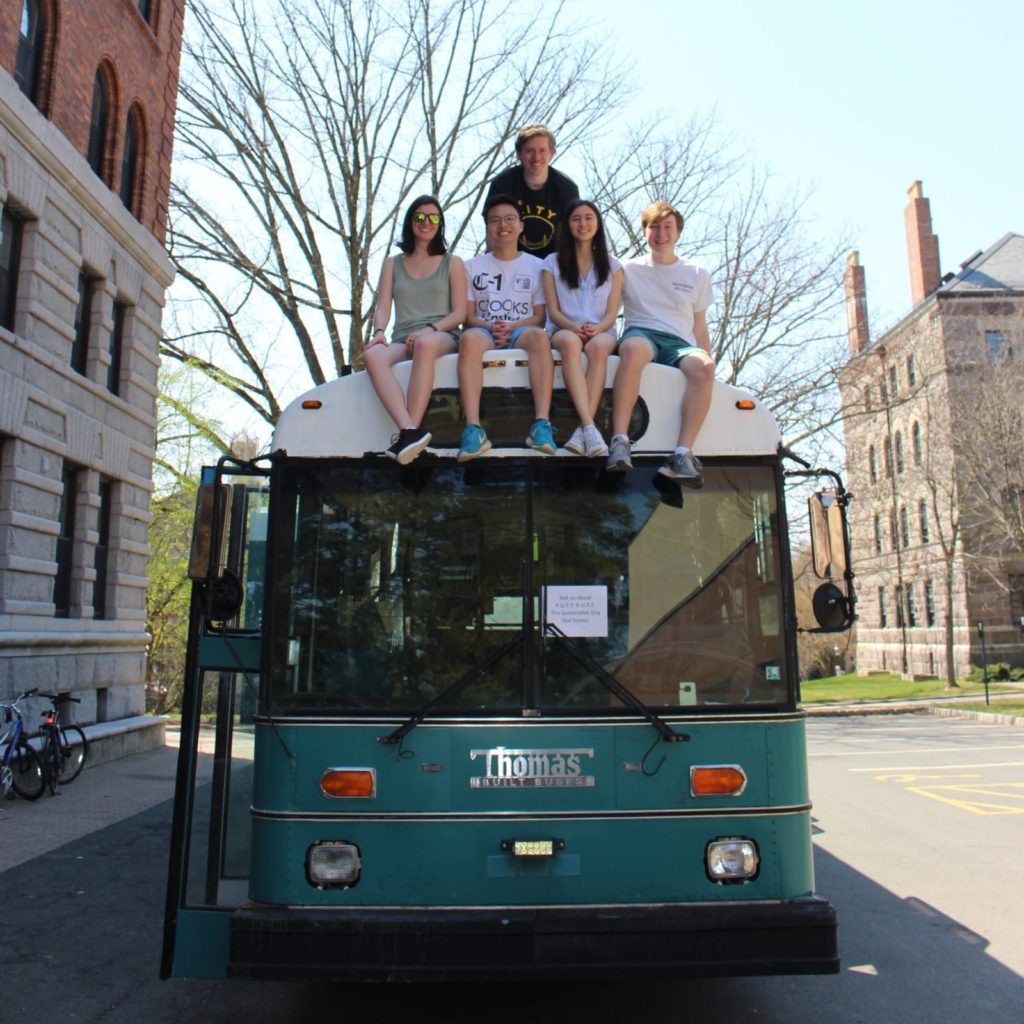Like most engineering students, I have spent almost two years at Princeton learning the fundamental theory of my field. While the material is interesting, it can be difficult to imagine how the concepts can lead to practical applications in engineering, and some of the basics can begin to seem useless in the real world.
Thermodynamics is one of the fundamental Mechanical and Aerospace Engineering (MAE) courses. It explores heat transfer and the relationship between heat and other types of energy. When I took the course last semester, I spent a large amount of time learning about heat pumps—cycles that move heat against its gradient (the way it “wants” to flow) from an area of low temperature to an area of high temperature. This process explains how comfortable temperatures are maintained in most living spaces. While the general application of the theory was clear to me, it seemed as if it would never be relevant to me. Fairly efficient air conditioners and heaters already exist and are unlikely to undergo a major overhaul in the near future, so why spend so much time learning the minutiae of how they work?

Very soon after finishing Thermodynamics, my belief was proven wrong and everything I had learned about heat pumps was put to use. I am part of the team working on PUTT-PUTT, the Sustainable Bus Project (check it out here!), a project started by MAE student Nico Viglucci ’19. He bought a 1998 Thomas-Transit Liner school bus, and, with the support of various Princeton University departments, the PUTT-PUTT team is in the process of turning it into a sustainable mobile home. This so-called “tiny home” will eventually have a solar panel array on the roof and an efficient heating and cooling system. The ultimate goal is for a comprehensive array of sensors to read data—temperature, efficiency, power generation, etc.—from the bus and stream it live to the PUTT-PUTT website, so that anyone interested can see how the bus is doing in terms of fulfilling its goals of sustainability and livability.
I recently joined the HVAC subteam, which is responsible for designing and building the heating and cooling system (of both the air and water) of the bus. Our job is to design an efficient heat pump and program it to adjust itself to keep the bus at a comfortable temperature at all times using minimum energy expenditure. Working on the design of the PUTT-PUTT heat pump and pipe system required me to draw upon my knowledge of heating/cooling systems and thermodynamic principles, but also to extend them. Having the foundational knowledge was, of course, critical, but it was incredibly interesting to see how I could build more complicated concepts on top of the fundamentals to come up with a design for a practical (REAL WORLD!) system. It was not enough to simply understand how the heat pump would work; we also spent time thinking of ways to increase its efficiency and re-purpose waste heat in a useful way. For example, in the summer, the cooling system will generate a large amount of waste heat to be expelled to the environment. This heat can instead be redirected to a water tank so that hot water is available for use at any given time.
Something that had not been covered in any of the theory I had learned was the actual method of exchanging heat with the space. Rather than blowing hot or cold air into the bus, we will be placing pipes in the floor to circulate hot or cold water and thus change the temperature of the bus. As a result, we have been researching pipe layouts in order to design one that best fits our needs. While underfloor heating/cooling pipe systems are not uncommon, most of them aim to evenly heat or cool the floor. For our purposes, it is more important that certain sections of the bus are maintained at the correct temperature even if the entire space is not perfectly heated, and thus we have to find the best way to accomplish this.
This experience has made me look at my other coursework differently. I now spend more time thinking how I might put my knowledge to use on a real project, instead of simply viewing the material as something to be learned along the way to the “real stuff”. As I learn new concepts, I can see how the foundation I am building will eventually allow me to learn to do much more complicated, practical things. I strongly recommend finding a way to put your theoretical learning to practical use, especially as an engineer, since it is incredibly rewarding to see your work pay off and lead you to new research and knowledge. Joining a club or contributing to independent work started by someone in your field is a great place to start.
–Alexandra Koskosidis, Engineering Correspondent

